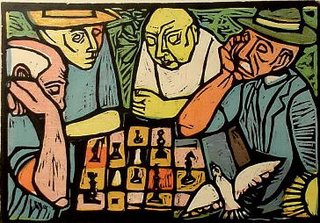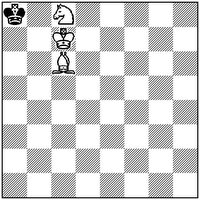

Art, Strategy, Tactics, Psychology. Chess


Heres the thing about the Colle system. It is a marriage between three solid concepts: Controlling the center, defending the king and launching an attack against the oppositions castled king. Their is a lot of objection to this system. Its not terribly aggressive, its relatively predictable and everyone knows its strengths and weaknesses. I love it as a fall back position...something to transpose into when my original plan falls through. Its also a great teaching tool for beginners. Everyone should learn this "business mans opening." The following is Colles favorite game and a good example of his system.
1. d4 Nf6
2. Nf3 e6
3. e3 b6
4. Bd3 Bb7
5. Nbd2 c5
6. O-O Be7
7. b3 cxd4
8. exd4 d6
9.Bb2 Nd7
10. c4 O-O
11. Rc1 Re8
12. Re1 Qc7
13. Qe2 Rac8
14. Nf1 Qb8
15. Ng3 Qc8
16. Ng5! g6?
17. Nxf7 KxN
18. Qxe6 Kg7
19. d5 Nc5
20. Nf5+ Kf8
As far as the Queens Bishop goes I do not see it as a problem. I know it is the most commonly known "fault" of the system but their are many ways around it strategically and psychologically. One of the ways to deal with it is that it will often work itself out naturally after the push of the Kings Pawn or e3-e4. Giving you the c1-h6 diaginal which is good to pin the knight or launch an attack. Both of which I enjoy. Another way is to drop the bishop on a3. Im sure this is not the most acceptable move tactically. But it has very powerful psychological effects. I call it the "Sniper" for good reasons:
It may prevent black from castling by harrasing g8.
It may prevent black from castling by exchanging bishops after ...e3 or...e4 is played to break whites pawn structure. Also giving you the bonus of exchanging your "Problem Bishop."
For some unexplained reason people often forget it is thier. This is not scientific. We are delving into the art of chess. I have sniped countless rooks from experienced players in the late middle game because they didnt see him hiding in the bushes. Patience is the key.
For more on the Colle check out my review of a solid book on the Colle Zukertort: http://knightskewer.blogspot.com/2009/04/colle-zukertort-revolutionized.html





